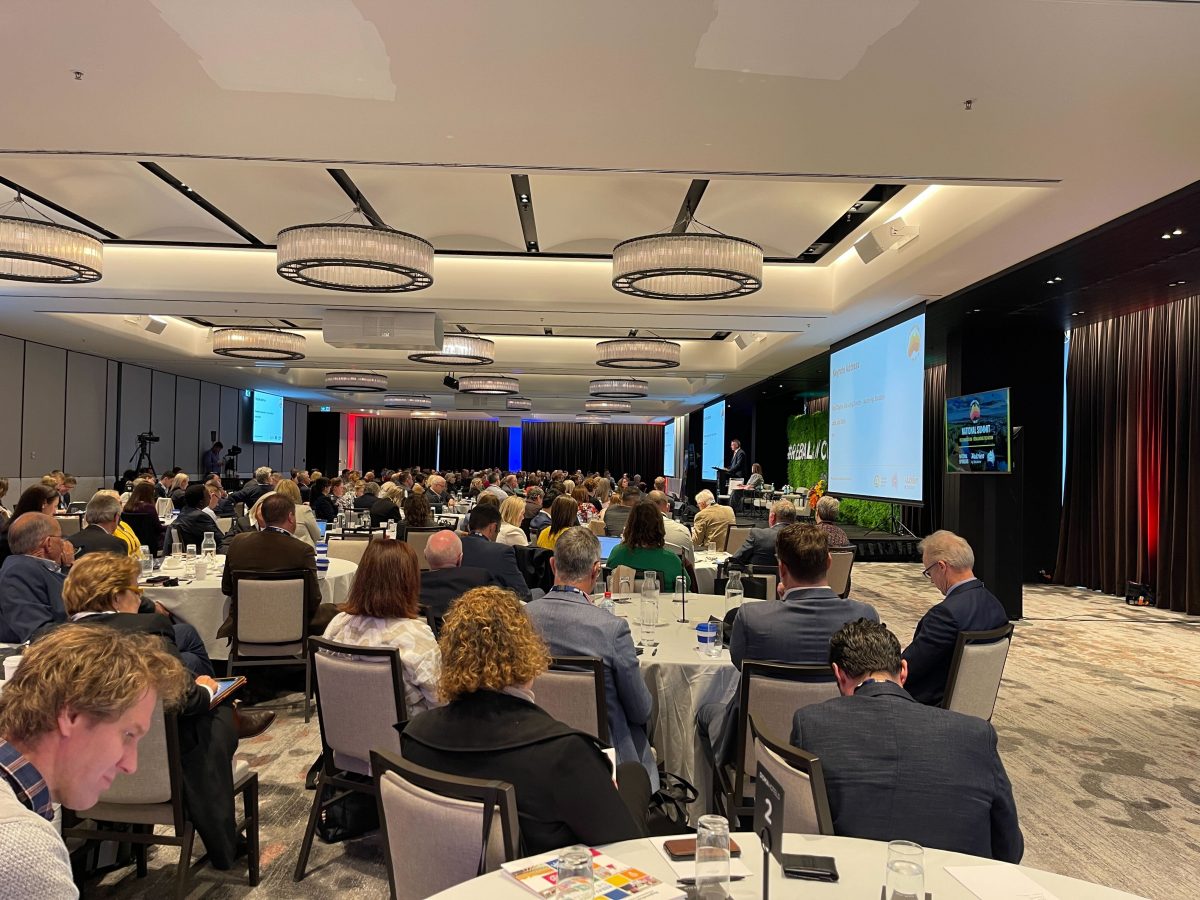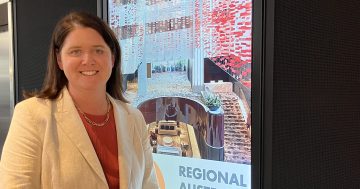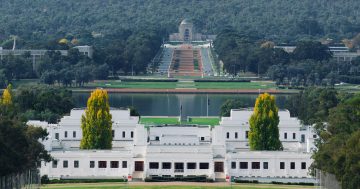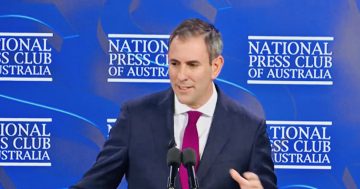
Regional Australia Institute’s Regions Rising Summit. Photo: Chris Johnson.
Australia would undergo a massive change of identity and much of the work of government departments would be significantly focussed to areas outside of capital cities, under a plan put forward by the Regional Australia Institute.
At the opening of the institute’s Regions Rising National Summit, being held in Canberra this week, CEO Liz Ritchie launched the Regional Ambition 2032 – a Framework to Rebalance the Nation.
The plan posits a target of 11 million people “living prosperously” in regional Australia by 2032, which is half a million more than the estimated 10.5 million.
My Public Sector
To reach this ambitious goal, however, policy areas of health, education, housing, transport, childcare and employment would need a sharp rethink.
And that’s just the beginning.
Digital inclusion, community participation, migration, and climate change innovation also play important roles in the vision.
“Regionalisation is about delivering on the potential of regional Australia and rebalancing our nation,” Ms Ricthie said.
“We have seen more than a 100 per cent jump in job vacancies in the last 2.5 years, more than 3.7 million regional Australians living in a ‘childcare desert’, regional home building approvals declining and remote students doing half as well as their metropolitan counterparts in NAPLAN.
“These issues are interlinked and complex. The framework we have developed is a momentous step forward to achieving better outcomes for all.”

Regions Rising Summit. Photo: Chris Johnson.
There are five key pillars to the goals and targets of the Regional Ambition, being Jobs and Skills, Liveability, Population, Productivity and Innovation, and Sustainability and Resilience.
The institute is calling on government, industry, the private sector, and community leaders to formally pledge support for the plan.
The framework plan was developed over a decade of research, with input from all of those sectors and is designed to help direct the actions of government and industry towards achieving a greater proportion of Australians living well in the regions.





















